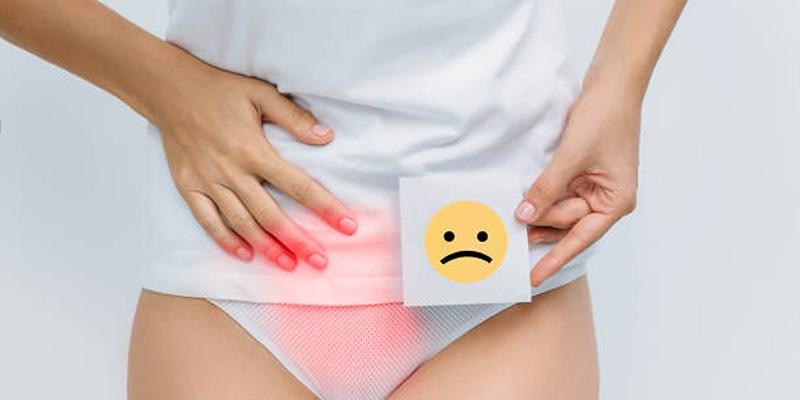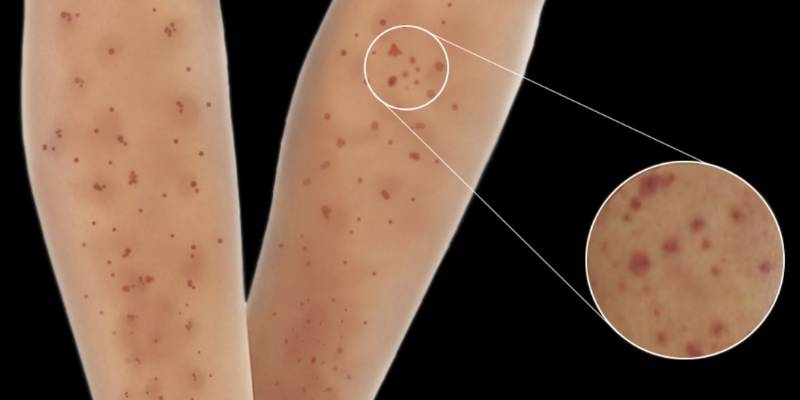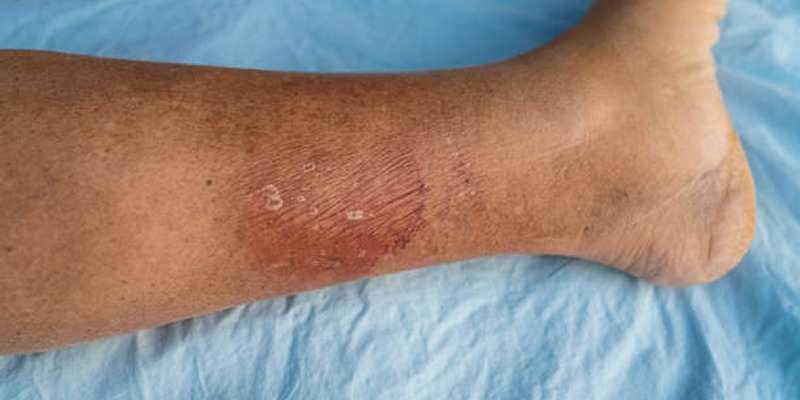Comprehensive Guide to Symptoms and Diagnosis of Interstitial Cystitis
IC or as it is referred as bladder pain syndrome, is a chronic disease that greatly affects a patient’s quality of life. It is characterized by pain, pressure or discomfort in the bladder and pelvic region that tends to persist. Affected individuals are frequently misdiagnosed due to the multifactorial nature of IC and symptoms which may be indicative of other diseases. The following article is a comprehensive overview of interstitial cystitis’ symptoms, its causes, and diagnostic approaches to assisting those with the condition.
What is Interstitial Cystitis?
 Interstitial cystitis is indeed an inflammation of the bladder but is a chronic condition that is primarily afferent to the lining of the bladder and the muscular layers together with other connective tissues in the pelvic region. Unlike a urinary tract infection (UTI) – which is caused by bacteria and therefore often requires a course of antibiotics – IC does not constitute an active infection. However, many consider that its causes come from a series of factors including defects in the bladder lining, in immunities, and nerve sensitivity. IC can be at any age or sex, though more women are commonly diagnosed with the disease.
Interstitial cystitis is indeed an inflammation of the bladder but is a chronic condition that is primarily afferent to the lining of the bladder and the muscular layers together with other connective tissues in the pelvic region. Unlike a urinary tract infection (UTI) – which is caused by bacteria and therefore often requires a course of antibiotics – IC does not constitute an active infection. However, many consider that its causes come from a series of factors including defects in the bladder lining, in immunities, and nerve sensitivity. IC can be at any age or sex, though more women are commonly diagnosed with the disease.
Symptoms of Interstitial Cystitis
Interstimtrary cystitis has several symptoms, but most patients present with different symptoms; as a result, diagnosis and treatment are challenging. Some people are only a little uncomfortable, others suffer from severe pain and have to change their lifestyles. Here is a look at some of the typical signs of IC.
Bladder Pain and Discomfort
Pain or discomfort in the bladder and lower abdomen is, therefore, a critical indicator of interstitial cystitis. The pain, more often than not, increases with the increasing capacity of the bladder and may reduce slightly after urination. People can sometimes describe the pain they feel as burning, sharp, or an ache depending on its intensity.
Frequent Urination
Individuals with IC constantly have the urge to urinate and may have to do so between 40 and 60 times a day. This urgency is seen even in patients with scanty passing of urine. These frequent urges to visit the washroom disrupt the normal flow of activities in the day and working hours.
Pain During Urination
While pain during urination is commonly associated with urinary tract infections, in IC, it is caused by bladder irritation or inflammation. This symptom can make it difficult for individuals to distinguish IC from other urinary issues.
Pelvic Pressure
A feeling of heaviness or pressure in the pelvic area is another common symptom of IC. This sensation may extend to the lower back, hips, or thighs, making movement or sitting for extended periods uncomfortable.
Nocturia (Nighttime Urination)
Nighttime urination, or nocturia, is a disruptive symptom of interstitial cystitis. Individuals with IC often wake up multiple times during the night to urinate, leading to poor sleep quality and fatigue.
Fluctuating Symptoms and Flare-Ups
IC symptoms are often unpredictable and can fluctuate over time. Periods of relative comfort may be followed by intense flare-ups triggered by stress, certain foods, physical activity, or hormonal changes. These flare-ups can make managing the condition particularly challenging.
Pain During Sexual Activity
For many individuals with IC, sexual activity can cause discomfort or pain. This symptom, often referred to as dyspareunia, can affect emotional and physical intimacy, leading to additional stress and anxiety.
Understanding the Causes of Symptoms
While the exact cause of interstitial cystitis remains unknown, researchers believe multiple factors contribute to its development. A common theory suggests that the bladder’s protective lining becomes damaged, allowing irritants in the urine to inflame and irritate the bladder wall. Other potential causes include an overactive immune response, nerve dysfunction, or genetic predisposition. Lifestyle factors and certain foods, such as caffeine, alcohol, and acidic items, can also exacerbate symptoms.
Diagnosis of Interstitial Cystitis
Diagnosing interstitial cystitis can be a lengthy process because its symptoms overlap with other conditions, such as urinary tract infections, kidney stones, or endometriosis. A healthcare professional will use a combination of methods to arrive at a diagnosis.
Medical History and Symptom Assessment
The diagnostic process begins with a thorough discussion of the patient’s medical history and symptoms. Questions may include the frequency and intensity of urination, the nature of bladder pain, and any known triggers. A detailed symptom diary can help the doctor better understand the patient’s condition.
Physical Examination
A pelvic examination is typically performed to check for tenderness, inflammation, or abnormalities in the pelvic region. This can help rule out other gynecological or urological conditions that mimic IC.
Urinalysis and Urine Cultures
To exclude infections or the presence of blood in the urine, a urinalysis and urine culture are often conducted. These tests help differentiate IC from UTIs, which require different treatment approaches.
Cystoscopy
Cystoscopy is a diagnostic procedure that involves inserting a thin, flexible camera through the urethra to visualize the bladder’s interior. This test can detect ulcers, inflammation, or other abnormalities that may indicate interstitial cystitis. It also helps rule out more serious conditions, such as bladder cancer.
Urodynamic Testing
Urodynamic studies assess how well the bladder functions, including its ability to store and release urine. These tests measure bladder pressure, volume, and muscle function, providing valuable insights into the underlying issues causing symptoms.
Potassium Sensitivity Test
Although not widely used, the potassium sensitivity test can support an IC diagnosis. In this test, potassium chloride is introduced into the bladder, and the patient’s response is monitored. Increased pain or urgency suggests a compromised bladder lining.
Living with Interstitial Cystitis
 Managing interstitial cystitis involves understanding the condition, recognizing triggers, and adopting strategies to alleviate symptoms. A personalized approach is essential for improving quality of life.
Managing interstitial cystitis involves understanding the condition, recognizing triggers, and adopting strategies to alleviate symptoms. A personalized approach is essential for improving quality of life.
Recognizing and Avoiding Triggers
Identifying specific triggers, such as certain foods, beverages, or stressors, can help minimize symptoms. Maintaining a food and symptom diary can be an effective tool for pinpointing these factors.
Pain Management
Pain management is a critical component of IC treatment. Options include medications such as anti-inflammatory drugs, bladder instillations, or nerve-targeting therapies. Pelvic floor physical therapy can also help alleviate tension and pain in the pelvic muscles.
Emotional Support
Living with a chronic condition like IC can be emotionally taxing. Support groups, counseling, and connecting with others who share similar experiences can provide emotional relief and practical tips for managing the condition.
Conclusion
Understanding the symptoms and diagnosis of interstitial cystitis is crucial for managing this challenging condition effectively. While IC can significantly impact daily life, early identification and a personalized care plan can help individuals regain control and improve their overall well-being. If you suspect you may have interstitial cystitis, consult a healthcare professional for a thorough evaluation and guidance on treatment options.












